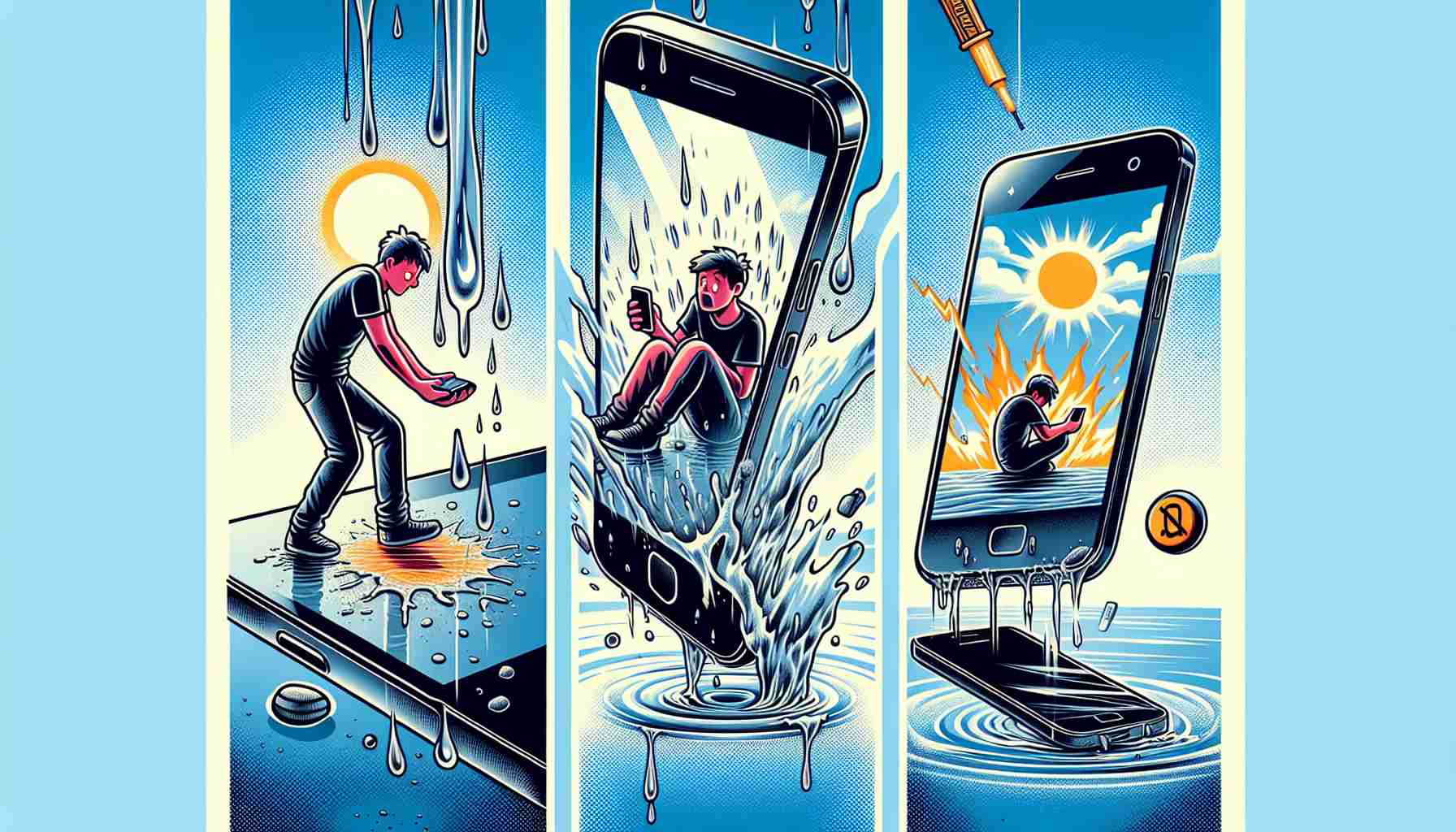Using a Smartphone While Charging Can Lead to Battery Degradation
Smartphones usually stop charging when the battery hits 100%, but that doesn’t mean the charger is inactive. Continually using the phone during charging can make it repeatedly draw power, potentially overheating the device and increasing the risk of damage.
Avoid Draining and Overcharging Your Smartphone Battery
Experts suggest that waiting for a battery to fully deplete before charging or always charging to 100% accelerates battery wear. Since Li-ion batteries measure lifespan by charge cycles, partial charges are preferable to minimize wear. Draining a battery near zero can harm its performance.
Using Low-Quality Charging Accessories
To save on costs, some users opt for unofficial or inferior charging cables and adapters, which can diminish charging efficiency and harm the smartphone over time. For optimal battery health, it is advisable to use accessories provided by the manufacturer or certified third-party options. Worn-out cables showing signs of damage should be replaced promptly.
In tech-related news, peculiar errors have been reported by some iPhone users following their upgrade to iOS 17.5. Furthermore, rumors suggest that the upcoming iPhone 16 Pro and Pro Max models will feature larger displays. Meanwhile, for those looking to manage privacy during presentations, guidance is available on disabling Windows pop-up notifications. Lastly, in celebration of its 35th anniversary, Viettel is offering a free 10,000 Viettel++ points reward program.
Improper Handling and Physical Damage
Many smartphone owners underestimate the impact of physical damage, such as drops or exposure to extreme temperatures. Using a protective case and screen protector can significantly mitigate the risk of cracks, scratches, and internal damage from drops, while avoiding leaving the phone in hot or cold environments can prevent temperature-related damage to battery and internal components.
Exposure to Water and Dust
Water damage is one of the most common culprits for smartphone malfunction, and despite improvements in water-resistance among newer models, it’s still advisable to keep your device dry. Dust and other fine particles can also clog ports, speakers, and microphones, potentially leading to hardware problems over time.
Ignoring Software Updates
Failing to update the smartphone’s operating system and apps can lead to security vulnerabilities and decreased performance. Software updates often contain critical patches for security issues and bugs, as well as enhancements for battery life and system efficiency. Staying current with updates can not only keep your device secure but also help maintain its longevity.
Questions and Challenges:
– What is the optimal way to charge a smartphone to ensure battery health?
Maintain the battery level between 20-80% to reduce wear and extend the battery’s lifespan.
– Are third-party chargers safe to use?
While third-party chargers can be safe, it’s essential to choose those certified or approved by the smartphone manufacturer to ensure compatibility and safety.
– What are the pros and cons of using a smartphone case?
A case adds bulk and may hide the design, but it offers significant protection against physical damage.
– How can users ensure their charging accessories are of high quality?
Look for accessories that have certification marks and buy from reputable retailers.
Advantages of Proper Smartphone Handling:
– Longer device life
– Better performance
– Lower risk of unexpected costs due to repairs
Disadvantages of Neglecting Smartphone Care:
– Higher risk of damaging the device
– Possible data loss
– Increased expenses for repairs or replacements
For more tech-related insights, you can visit prominent tech news sources which often cover topics like smartphone care, software updates, and new gadget releases. As an example, for general technology news, you might visit TechCrunch or The Verge. These links have been verified for accuracy as of the current knowledge cutoff date.
